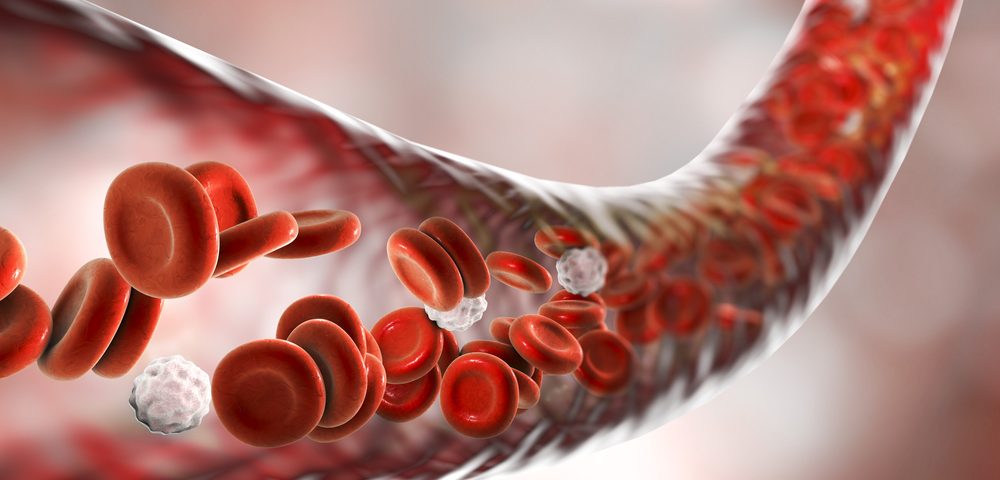Patients with Raynaud’s syndrome may present problems in their red blood cells, particularly increased cell aggregation and impaired deformability, which seems to contribute to poor blood circulation in small vessels (microcirculation).
The study, “Altered microrheological parameters in Raynaud’s phenomenon,” was published in the journal Clinical Hemorheology and Microcirculation.
Raynaud’s syndrome is linked to local diminished blood supply in the affected body parts, with several participating factors, including neural factors and vascular and intravascular abnormalities.
Previous studies have investigated the link between Raynaud’s syndrome and hemorheological factors — the properties of the blood including its velocity (flow). The outcomes, however, remain controversial.
Researchers conducted a retrospective study to “examine the hemorheological parameters in Raynaud’s patients that can lead us to a better understanding of the phenomenon.”
The team analyzed blood samples from 74 patients with Raynaud’s syndrome and 58 healthy patients (controls). Several blood parameters were assessed: the volume percentage (vol%) of red blood cells in blood (a test collectively known as hematocrit); plasma and apparent whole blood viscosity; red blood cell aggregation; and deformability.
Additionally, researchers also examined cold agglutinins and cryoglobulins. Cold agglutinins are antibodies that are normally produced in response to an infection and cause red blood cells to clump together at low temperatures, while cryoglobulins are proteins that become insoluble at low temperatures, resulting in a condition known as cryoglobulinemia.
The analysis showed that Raynaud’s syndrome patients carry alterations in several hemorheological parameters when compared to healthy controls. Specifically, researchers found that these patients have increased aggregation of red blood cells and that these cells are not normal, since they presented decreased deformability (the capacity of red blood cells to change their shape under a certain condition, without rupturing).
Moreover, researchers observed that 70% of the patients’ blood was positive for cold agglutinins and 43% of their blood was positive for cryoglobulins. However, “contrary to our expectations, neither cold agglutinins nor cryoglobulins seemed to influence hemorheological parameters,” the researchers wrote.
No differences in hematocrit, plasma and whole blood viscosity were reported between the two groups.
Since aggregation of blood cells and impaired deformability can significantly impair blood flow rate, researchers believe that there is a microcirculatory disorder in these patients. This, in turn, may “lead to the impairment of tissue oxygenation which can result in the worsening of complaints and the development of small ulcers and gangrene,” they wrote.
Overall, both erythrocyte aggregation and deformability may carry negative outcomes for patients with Raynaud’s phenomenon, impairing blood circulation in these patients.
“Erythrocyte aggregation and deformability seems to be unfavorable in patients suffering from Raynaud’s phenomenon, which can play a role in the disturbance of microcirculation, thus the phenomenon is not only a vasospastic, but also a complex circulatory disorder,” the team concluded.


